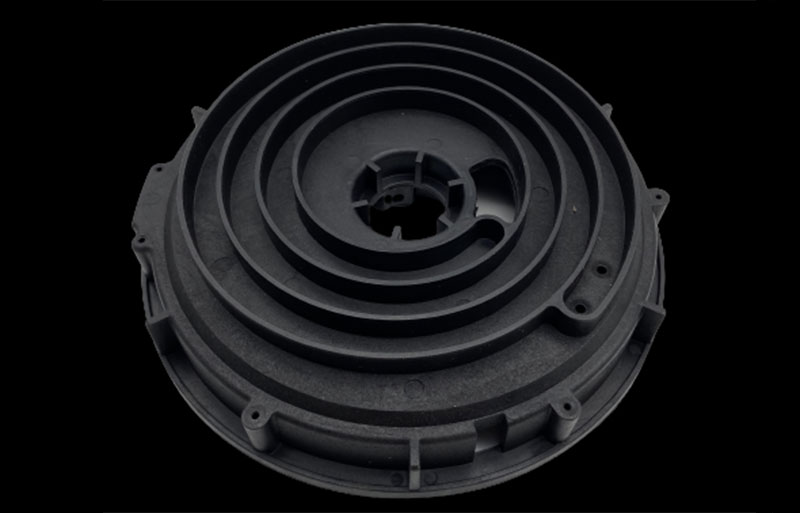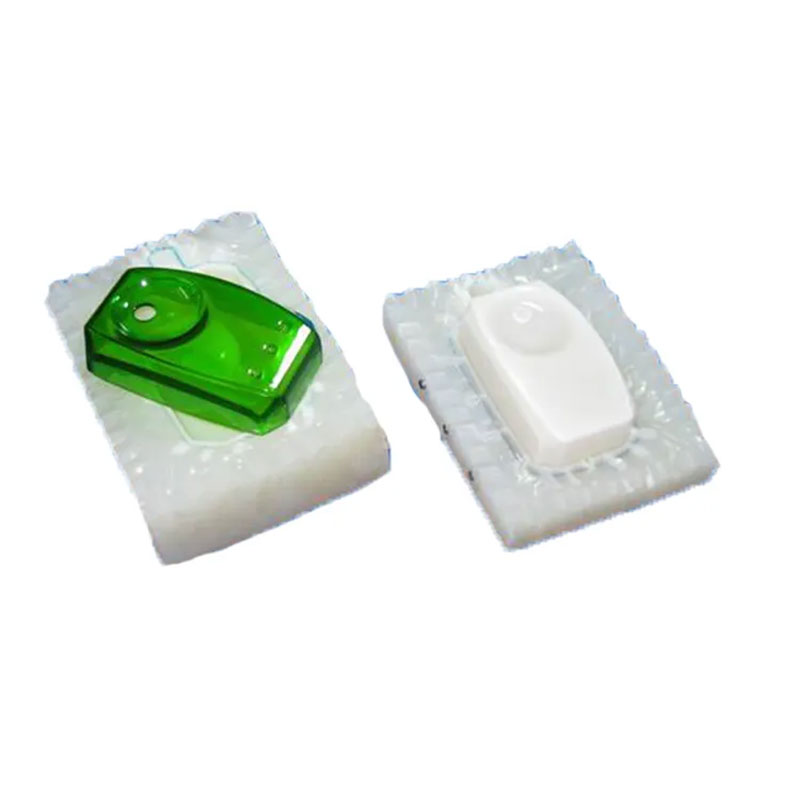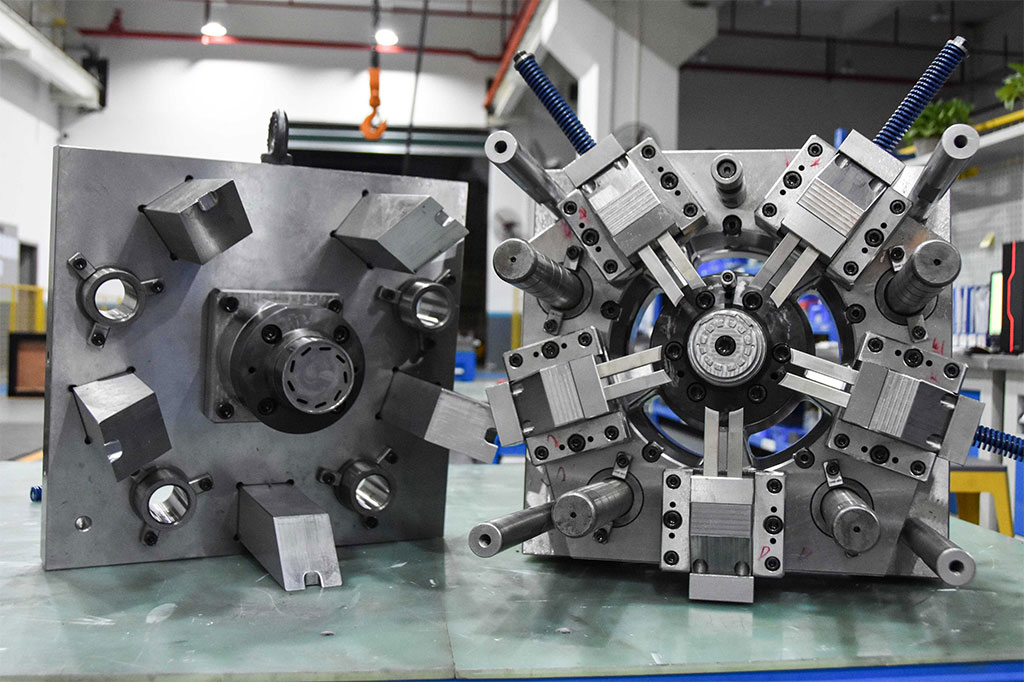Glass-filled nylon is an excellent pick for machined plastic parts. However, it presents a unique set of challenges to machinists that must be tackled with tact in order to achieve the desired results.
This section discusses machining glass-filled nylon properties and how to solve these issues during production.

Excessive Tool Wear
The addition of glass into the mix complicates things a lot. Glass-reinforced nylon has remarkable friction and wear properties due to glass fiber, but they are extremely harsh on the cutting tool, causing excessive and quick wear on the cutting edge.
To deal with this, machinists employ hard-cutting inserts like carbide or ceramics. Moreover, cutting-edge preparation also matters a lot. Tools with razor-sharp edges and positive rake perform well on PA+GF.
Delamination
Since glass-filled nylon is a composite, delamination is an issue that machinists have to face. Delamination means that the cutting action causes the glass to be pulled out from the nylon, damaging it in the process. Clearly, this is an unwanted scenario that is to be avoided.
To tackle this issue, machinists usually optimize their toolpath to align with the direction that has the lowest delamination risk. For example, drilling operations are performed perpendicular to the lamination orientation to avoid delamination issues.


